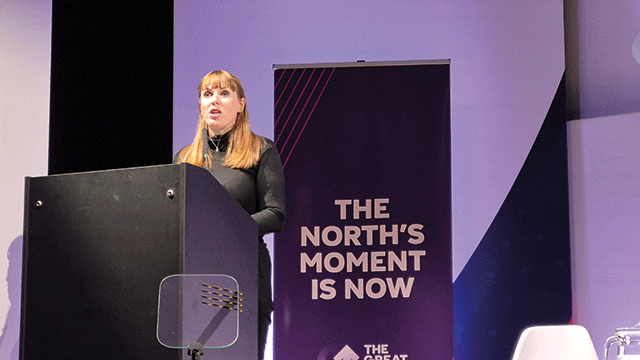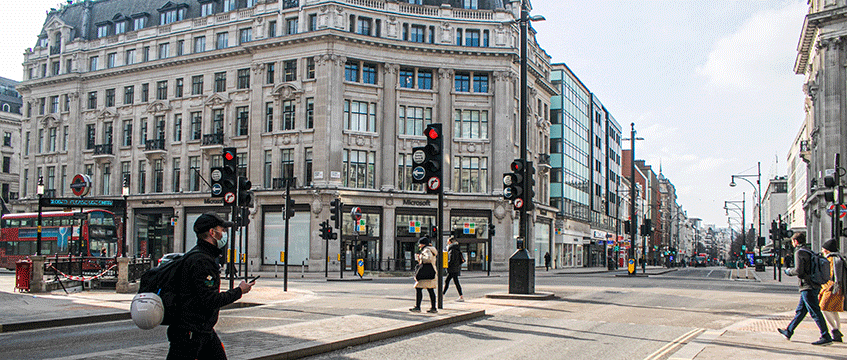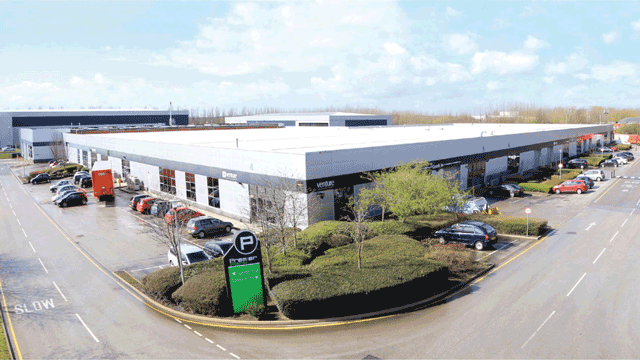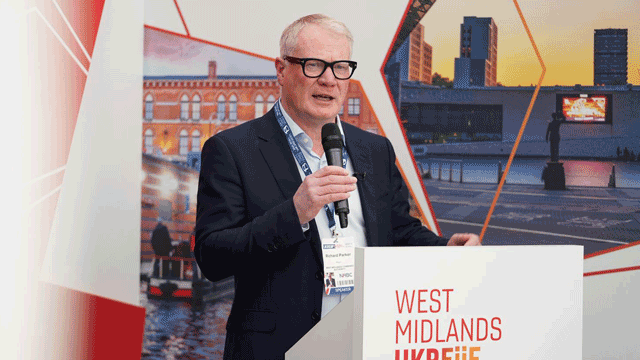The latest attempt to rethink Oxford Street, W1, is set to be announced as early as next week, EG understands, after nearly a decade of false starts from local authorities.
Westminster City Council is gearing up to unveil its proposals, masterminded by former Arup consultant Elad Eisenstein, which will involve spending £150m to turn the ailing shopping street into what it hopes will be a “world-class” destination.
Speculation is mounting as to what the plans might include. Successive mayors of London have promised to pedestrianise the street over the years, but Sadiq Khan’s 2016 election pledge to turn it into “a tree-lined shoppers’ paradise” was controversially shelved in 2018.
Since then, the council has been forced to hold fire on subsequent proposals after the Covid-19 pandemic effectively closed the street for much of last year.
Paul Williams, incoming chair of the Westminster Property Association and chief executive of Derwent London, said it was a “pivotal moment” in Oxford Street’s history.
“Transformative change is no longer a nice-to-have but is critically important for the district’s future,” he added.
“It has been a long process but the council’s commitment is now unquestionable and is backed up with significant capital and a leadership team empowered to drive their new vision forward.”
The latest iteration of the plans is expected to contain measures designed to make the street more environmentally friendly and accessible. However, the council has remained tight-lipped as to what those will be.
Last month, Eisenstein said that London should take inspiration from Paris, which has announced a €250m (£225m) plan to turn the Champs-Élysées into an “extraordinary garden”.
The council is “making all the decisions that it should have done three or four years ago,” said Sam Foyle, central London retail director at Savills. “We have heard a lot of announcements over the past five years. When it comes down to it, these promises haven’t been fulfilled.”
However, Foyle said he was more optimistic after council leader Rachael Robathan and her team took charge last year.
“The future should look really bright,” he said. “If it spends the money and does the work to make green spaces, widen pavements and take buses off the street, then it will be phenomenal. Then it will be the heartbeat of the West End, and the place where global flagship brands look to open their iconic stores.”
Transforming Oxford Street: A timeline
August 2006: Mayor Ken Livingstone announces a seven-year plan to make Oxford Street a traffic-free zone with a tram running from end-to-end. The plan peters out, and Livingstone is replaced by Boris Johnson at the next mayoral election in 2008.
April 2013: A Westminster City Council-commissioned report recommends the formation of a new West End Partnership of relevant boroughs with then-mayor Johnson and others in order to implement a widespread transformation of the area.
July 2014: Researchers from King’s College London find Oxford Street is “the most polluted place on Earth”, even exceeding pollution levels in Beijing.
June 2015: Sadiq Khan, as part of his campaign to become mayor of London, pledges to ban cars from Oxford Street, turning it into “a tree-lined shoppers’ paradise”. Meanwhile, the West End Partnership publishes a new vision for the area for the coming decades, covering everything from street signage to the Ultra Low Emission Zone. It promises to “reduce traffic volumes on Oxford Street and develop solutions to remedy long-standing transport challenges.”
May 2016: Newly elected mayor Khan announces he will be following through on his election promise – and that he will get it done by 2020.
November 2017: Westminster City Council launches a public consultation on a major turnaround plan for the area, which includes making about half-a-mile of the road round Oxford Street a “traffic-free pedestrian boulevard”.
March 2018: Pedestrianisation plans get just under two-thirds backing in public consultation. But then…
June 2018: Westminster ditches the proposals, saying “the majority of its residents” were against them. Khan calls it a “betrayal” to Londoners. City Hall is left fuming as one of the mayor’s legacies is trounced.
November 2019: After nearly 18 months of wrangling, Westminster eventually publishes a new “radical” transformation plan that combines retail frontages with leisure, cultural and community spaces. It comes as part of a wider £2.9bn investment to turn London’s West End into an “international centre”.
March 2020: The UK goes into coronavirus lockdown. Oxford Street closes for the majority of the year, and Westminster is forced to rethink its plans – again.
To send feedback, e-mail alex.daniel@egi.co.uk or tweet @alexmdaniel or @estatesgazette











